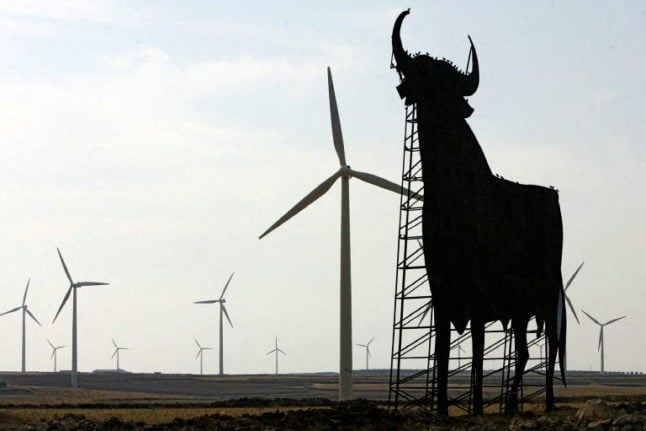According to data from the Red Eléctrica Española (REE), the production of electricity from renewable sources reached nearly 135,000 GWh last year, the equivalent of 50.4 percent of the overall national energy mix.
That percentage, which is eight points higher than 42.2 percent reached in 2022, represents a record, with Spain passing the 50 percent threshold for renewable electricity for the first time, an REE statement said.
Wind was the leading source of energy for the second year running, generating 63,000 GWh, or 23.3 percent of the total electricity generated in Spain.
And solar power installations generated 37,000 GWh of power, or 14 percent of the overall total, well above the figure for hydropower which accounted for 9.5 percent, it said.
The figure for nuclear-generated electricity remained stable, accounting for 20.3 percent of the total, while gas-generated power fell seven points to 17.2 percent over the same period.
The figures “are irrefutable proof that the green transition is advancing steadily in Spain,” said Beatriz Corredor, head of REE’s parent company Redeia, in a statement.
The government of Socialist Prime Minister Pedro Sánchez has pledged to increase the share of renewable-generated energy to 74 percent of Spain’s overall electricity production by 2030, a feasible target given the country’s natural abundance of sunshine and wind.
As a result, there has been a surge in huge projects involving solar installations and wind farms boosted by massive investment, notably in the sparsely-populated north and centre of the country.
The figure makes Spain one of the leaders in Europe in terms of the most renewable power capacity.
Germany also released preliminary figures in mid-December showing that for the first time, electricity generation from renewable sources was over 50 percent of the total in 2023.




 Please whitelist us to continue reading.
Please whitelist us to continue reading.
Member comments